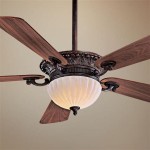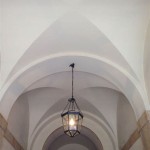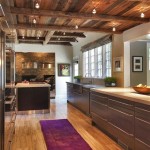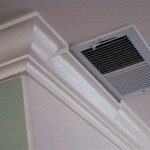How To Make Ceiling Design
A ceiling is often an overlooked element in interior design, but it can have a significant impact on the overall aesthetic and ambiance of a space. A thoughtfully designed ceiling can elevate the room's visual appeal, enhance its functionality, and create a sense of grandeur or intimacy, depending on the chosen style. Whether you're embarking on a complete home renovation or simply seeking to refresh an existing room, exploring different ceiling design possibilities can be a rewarding endeavor.
1. Define Your Design Goals
Before diving into specific design elements, it's essential to establish clear goals for your ceiling. Consider the following:
- Overall Room Style: Is the room contemporary, traditional, eclectic, or minimalist? The ceiling design should complement the existing décor and style of the space.
- Desired Ambiance: Are you aiming for a cozy, inviting, or formal atmosphere? The choice of materials and colors will influence the mood of the room.
- Functionality: Will the ceiling house lighting fixtures, HVAC vents, or other features? Ensure the design accommodates these practical elements.
- Budget: Determine a realistic budget for ceiling materials, installation, and any additional features.
By clarifying your goals, you can narrow down your options and make more informed decisions throughout the design process.
2. Explore Ceiling Design Options
Once you have a clear understanding of your design objectives, you can explore various ceiling design options. Some popular choices include:
a. Coffered Ceilings
Coffered ceilings feature recessed panels, often in a square or rectangular shape, creating a visually intriguing pattern. This design adds depth and dimension to the space and is particularly well-suited for formal rooms like dining rooms or libraries.
b. Tray Ceilings
Tray ceilings feature a recessed center panel that is raised above the surrounding area, resembling a tray. This design can make a room feel taller and more spacious, especially in rooms with lower ceilings.
c. Vaulted Ceilings
Vaulted ceilings create a sense of grandeur and openness. Typically found in living rooms and bedrooms, they can be achieved in various shapes, including arched, cathedral, and barrel vaults.
d. Beamed Ceilings
Beamed ceilings add a rustic or traditional touch to a space. Exposed beams can be made from wood, metal, or even faux materials. They can either be structural or purely decorative.
e. Drop Ceilings
Drop ceilings are typically used in commercial settings but can also be incorporated into residential spaces. They offer flexibility in terms of lighting and ventilation and are easy to install and maintain.
f. Decorative Moldings
Decorative moldings can be used to create intricate patterns and add a touch of elegance to a ceiling. Cornices, crown moldings, and chair rails are all popular design elements.
g. Painted Ceilings
A simple coat of paint can dramatically transform the look of a ceiling. Choose a color that complements the walls and furniture, or use a bold color to make a statement.
These are just a few examples of ceiling design options, and many more exist. Research different styles and consult with a design professional to find the best option for your space.
3. Consider Practical Considerations
Besides aesthetics, certain practical factors should be taken into account when designing a ceiling. These include:
a. Lighting
The lighting scheme plays a crucial role in the overall ambiance of a space. Choose lighting fixtures that complement the ceiling design and provide adequate illumination for the room's intended use.
b. Ventilation
Ensure that the design allows for proper ventilation and airflow. Consider the placement of HVAC vents and other ventilation systems.
c. Accessibility
If the ceiling houses lighting fixtures, smoke detectors, or other components, ensure they are easily accessible for maintenance or replacement.
d. Safety
Choose materials and construction techniques that meet safety standards. Consider the potential for fire hazards and ensure the ceiling design is structurally sound.
By carefully considering these practical factors, you can create a ceiling design that is both beautiful and functional.

Beautiful Ceiling Ideas That Will Make You Want To Look Up More Often Engineering Disco Design Living Room Drawing

How To Make False Ceiling Designs For Living Room Gypsum Design

How To Make False Ceiling Designs For Living Room Gypsum Design

How To Make False Ceiling Designs For Living Room Gypsum Design

How To Make A False Ceiling Design With Lighting Houzz Ie

Beautiful Ceiling Ideas That Will Make You Want To Look Up More Often Design Pop Modern

Gypsum False Ceiling Design Ideas And Installation Tips In 2024

How To Make False Ceiling Design For Big Living Room Gypsum 2024

10 Stunning False Ceiling Room Designs To Elevate Your Home Nerolac

10 Wooden False Ceiling Designs You Will Love For Your Home Livspace
Related Posts








